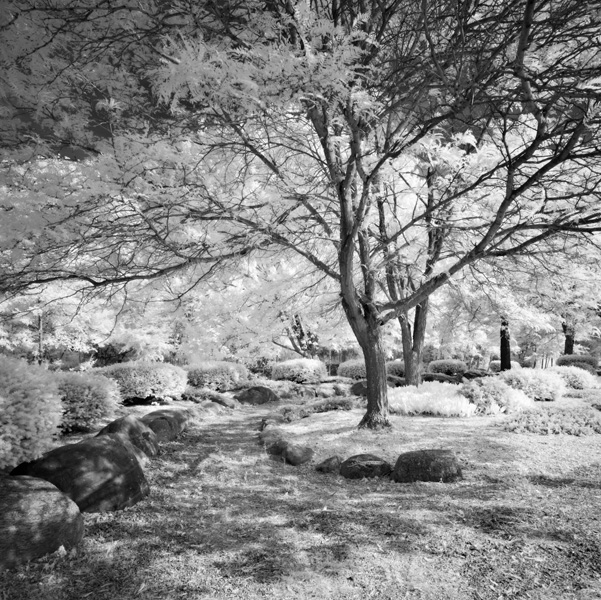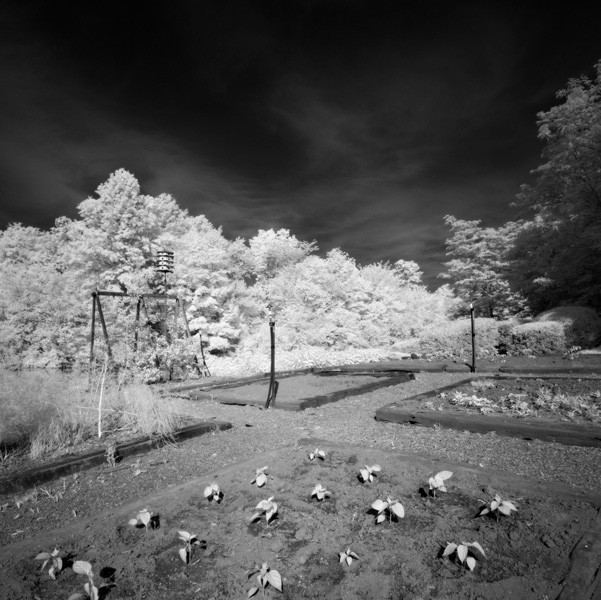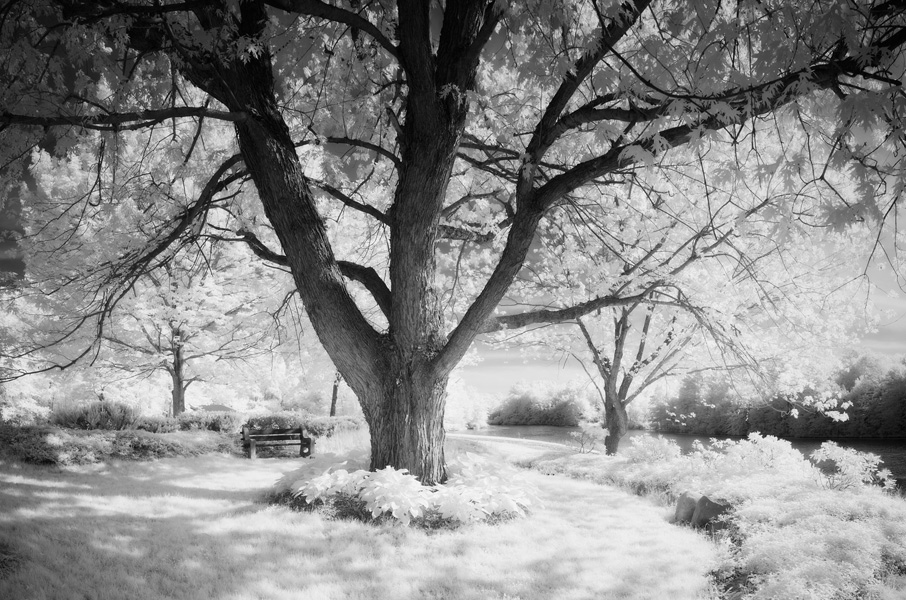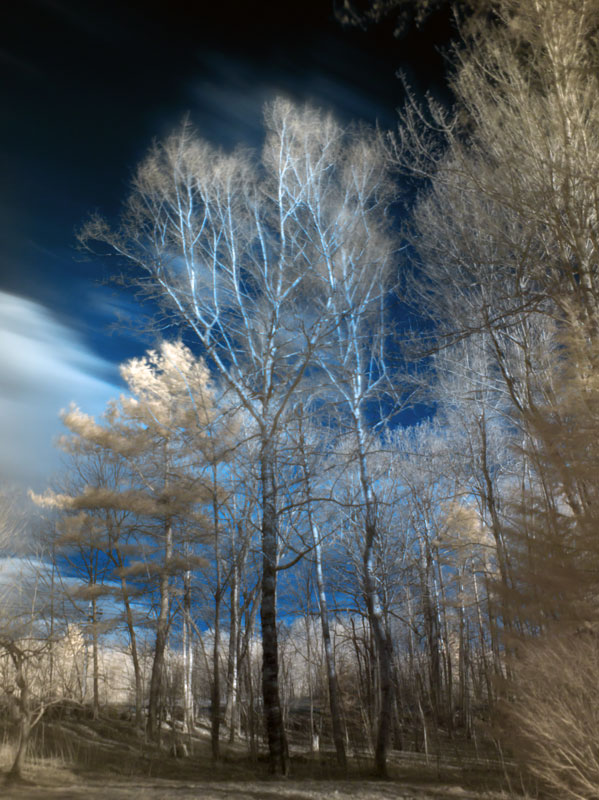Grayhand
Well-known member
Some thoughts from the group would be appreciated :talk028:
I decided to let the eminent offer to upgrade my P45+ to a IQ260 from my camera dealer to pass me by.
The offer expired last week.
It would be nice with a "back of my back" that would be useful to some thing more than just check the histogram.
But I saw the info about the new Credo WS 60 and it made me think.
I have for a long time been using a modified camera for infrared.
But after using a Kodak 645 back without the IR-filter my old IR-camera was not the same any more.
I realized that I wanted a full spectrum back. And I don't want a monochrome back, I use film for that!
But when I brought my idea about the Credo WS to my dealer, he countered with an offer for a IQ160 modified without the IR-filter.
At a price that was even lower that the first offer for the IQ260 if I trow in my P45+ in the deal.
I realize that it can not be many that yet had a chance to play with bout the Credo WS and a modified IQ160
But If someone has any experience of handling Credo 60 and IQ160 any thoughts on that experience would be really helpful.
I do realize that I will trade 1 hour exposure for maybe one minutes exposure. But 95% of my exposures is shorter than 60 sec..
And I can use flm for long exposure.
So?
Or, is there a third alternative that I am unaware of?
Ray
I decided to let the eminent offer to upgrade my P45+ to a IQ260 from my camera dealer to pass me by.
The offer expired last week.
It would be nice with a "back of my back" that would be useful to some thing more than just check the histogram.
But I saw the info about the new Credo WS 60 and it made me think.
I have for a long time been using a modified camera for infrared.
But after using a Kodak 645 back without the IR-filter my old IR-camera was not the same any more.
I realized that I wanted a full spectrum back. And I don't want a monochrome back, I use film for that!
But when I brought my idea about the Credo WS to my dealer, he countered with an offer for a IQ160 modified without the IR-filter.
At a price that was even lower that the first offer for the IQ260 if I trow in my P45+ in the deal.
I realize that it can not be many that yet had a chance to play with bout the Credo WS and a modified IQ160
But If someone has any experience of handling Credo 60 and IQ160 any thoughts on that experience would be really helpful.
I do realize that I will trade 1 hour exposure for maybe one minutes exposure. But 95% of my exposures is shorter than 60 sec..
And I can use flm for long exposure.
So?
Or, is there a third alternative that I am unaware of?
Ray





